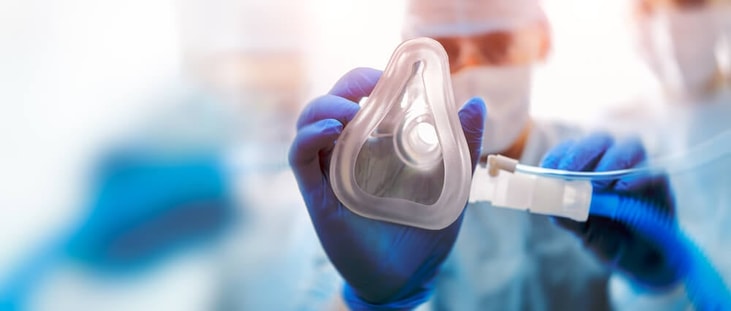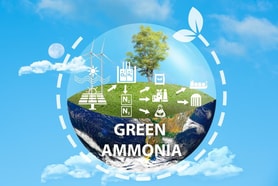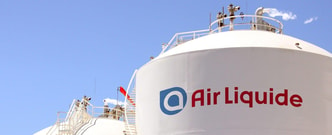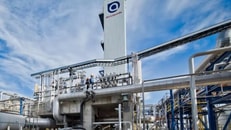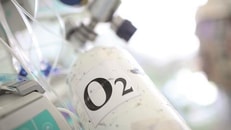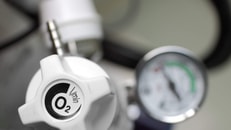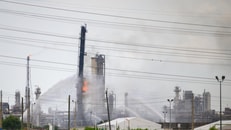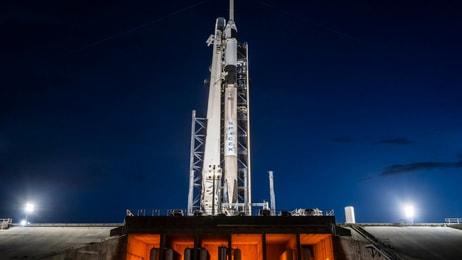NASA’s space-age oxygen tech to aid life-saving surgeries in developing nations
A Scottish charity dedicated to providing life-saving surgeries to children in developing countries has partnered with NASA to bring advanced oxygen generation technology to low-resource hospitals around the globe.
The project aims to reduce child mortality caused by preventable respiratory diseases, a leading killer in low-income nations where dependable oxygen supply is often unavailable.
The technology, dubbed the Medical Ceramic Oxygen Generator (M-COG), has been developed by NASA over several years with space missions in mind, but it could soon be saving lives closer to home.
... to continue reading you must be subscribed

